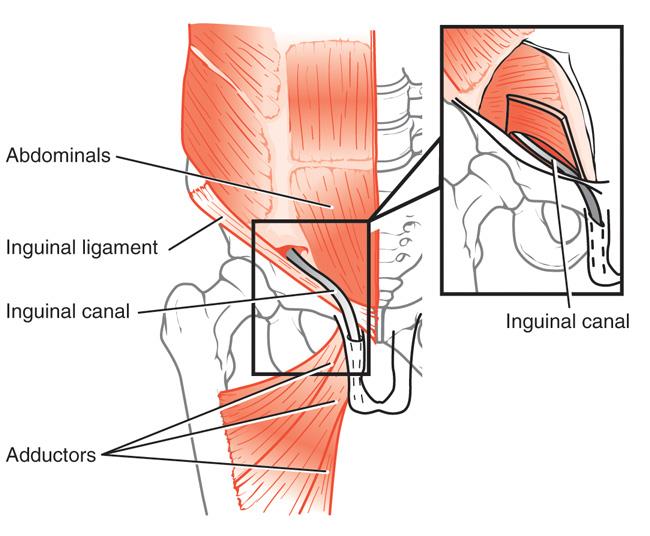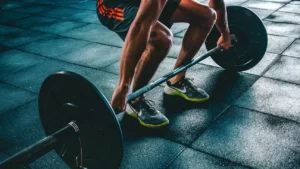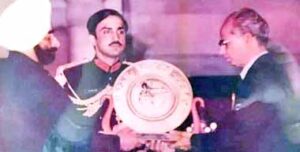From treatment to recovery, know how can athletes or any other patient suffering from Sports Hernia bounce back to usual activities
Despite being named so, a Sports Hernia (Athletic Pubalgia) is not a Hernia. Rather, it’s an injury caused to a tendon or muscle in the lower abdomen or groin. This results in chronic pain. Sports Hernias are usually caused due to repetitive and forceful twisting of the pelvis. This condition is treatable with physical therapy, medication or surgery. Many patients suffering from Sports Hernia complain of an uncomfortable and nagging pain around the pubic region. In some cases, the pain is witnessed exclusively while trying to bend forward, trying to tie lace of shoes or while lifting weights.
It is an injury (usually a tear) in the muscles and/or tendons in the lower abdomen or groin that causes chronic pain. It can also occur due to the irritation of local nerves which leads to the pain and sensitivity of the affected area. The name ‘Sports Hernia’ is misleading because there is no actual Hernia. It often happens to people who play sports that require sudden changes of direction or severe twisting movements. It is also seen in non-sports persons.
Which part of the body gets affected due to Sports Hernias?
Sports Hernias occur in the soft tissue of the lower abdomen or groin area. Specific soft
tissues that are commonly affected include oblique muscles of lower abdomen, tendons attaching oblique muscles to the pubic bone and tendons attaching thigh muscles to pubic bone (part of your pelvis).
What is the difference between a sports hernia and a hernia?
Although Hernia and Sports Hernia symptoms are similar, the pain experienced in case of Sports Hernia is caused by soft tissue damage, such as a tear, in the lower abdomen or groin. A muscle or tendon is usually torn. The pain in case of Hernia is witnessed due to a gap in the abdominal muscle that causes the intestine or other soft tissue to protrude through, creating a bulge under the skin. Sports Hernia (Athletic Pubalgia) can lead to Hernia. But in that case, the traditional Hernia is considered to be a separate injury from the Athletic Pubalgia.
Which kinds of sports can cause Sports Hernias?
This is caused mostly while playing sports that involve repetitive, forceful motions, especially twisting of the pelvis. This is mostly seen among players of Ice hockey, Soccer, Football, Wrestling, Rugby, Skiing, Tennis and Hurdling. Approximately 5 per cent of adult athletes experience Sports Hernias every year. It is seen more in males than females. Mostly, players in their early adolescent (26-30 yrs of age) experience the condition. It is rare for older people and children to get Sports Hernias.
Symptoms and causes
It occurs due to the weakness or tear of the deep layers of lower abdominal wall or the tendons that attach muscles to the pelvis. The following situations can cause or contribute to Sports Hernia:
- Forceful and repetitive hip movements, like twisting, kicking, jumping and cutting/slicing.
- Vigorous and unsafe abdominal and hip exercises.
- Weakness in the abdominal muscles and a lack of proper sports conditioning.
- An imbalance in strength between your hip and abdominal muscles.
Some of the common symptoms in case of Sports Hernia are as follows:



- Patients experience continuous (chronic) pain in the lower abdomen and/or groin.
- A sudden and intense pain at the time of the injury.
- On-going (chronic) dull or burning pain.
- Pain radiating downward to scrotum and/or inner thigh.
- Pain experienced mostly on exertion especially during sprinting, twisting, kicking or sitting up.
- A dull aching pain in the groin when you cough or sneeze.
- The pain may go away after rest but reappears during sporting activities.
Diagnosis and tests
Sports Hernia can be detected by conducting MRI, X-ray, Ultrasound, CT Scan or Bone Scan.
Management and treatment
In general, the goals of Sports Hernia treatment and rehabilitation are to relieve pain, restore range of motion, restore strength, return function and return to sports and activities. Treatment plans for Sports Hernia depend on many factors such as the severity of the injury, your age, your health, and what level of activity you want to return to. Sports Hernias can be treated with non-surgical treatment or surgery. Types of non-surgical treatment for Sports Hernias include:
- Rest: Within the first seven to 10 days after the initial injury that caused the Sports Hernia, rest and ice bath can help.
- Physical therapy: Two weeks after your injury, physical therapy can be taken up.
- Some exercises help to improve your strength and flexibility in the abdominal and inner thigh muscles.
- Anti-inflammatory medications
- If you are still experiencing pain two to six months after non-surgical treatment, surgical treatment is usually needed to fix the Sports Hernia. The specific kind of surgery depends on which muscles or tendons are injured and the severity of the injury. General types of surgical treatment include Laparoscopic surgical procedure and Open procedure.
Physical therapy
The overall goal of physical therapy to manage Sports Hernia is to improve strength and flexibility of the abdominal muscles and hips without making the injury and pain worse.
Common physical therapy methods for Sports Hernias include:
- Core exercises.
- Stretching.
- Swimming.
- Yoga.
- Posture stability.
- Using medicine balls.
- Using resistance bands.
Preventive measure
In order to prevent such an injury, one can take up abdominal and core strengthening exercises.
One may practice exercises to strengthen the hip muscles or to improve flexibility and minimise strain across the lower abdominal area, where core muscle injuries often occur.
Time taken for recovery
In general, people, who suffer from Sports Hernia and undergo physical therapy treatment, experience significant improvement after six to eight weeks of physical therapy. Approximately 90 per cent of the surgeries, both open and laparoscopic, to fix the injury are considered successful. With post-surgery physical therapy and rehabilitation, people with Sports Hernia can usually
fully return to their sport or activities between six and 12 weeks. In some cases, the affected tissue can tear again once you return to sports activity. If this happens, surgical repair will most likely needs to be repeated.




